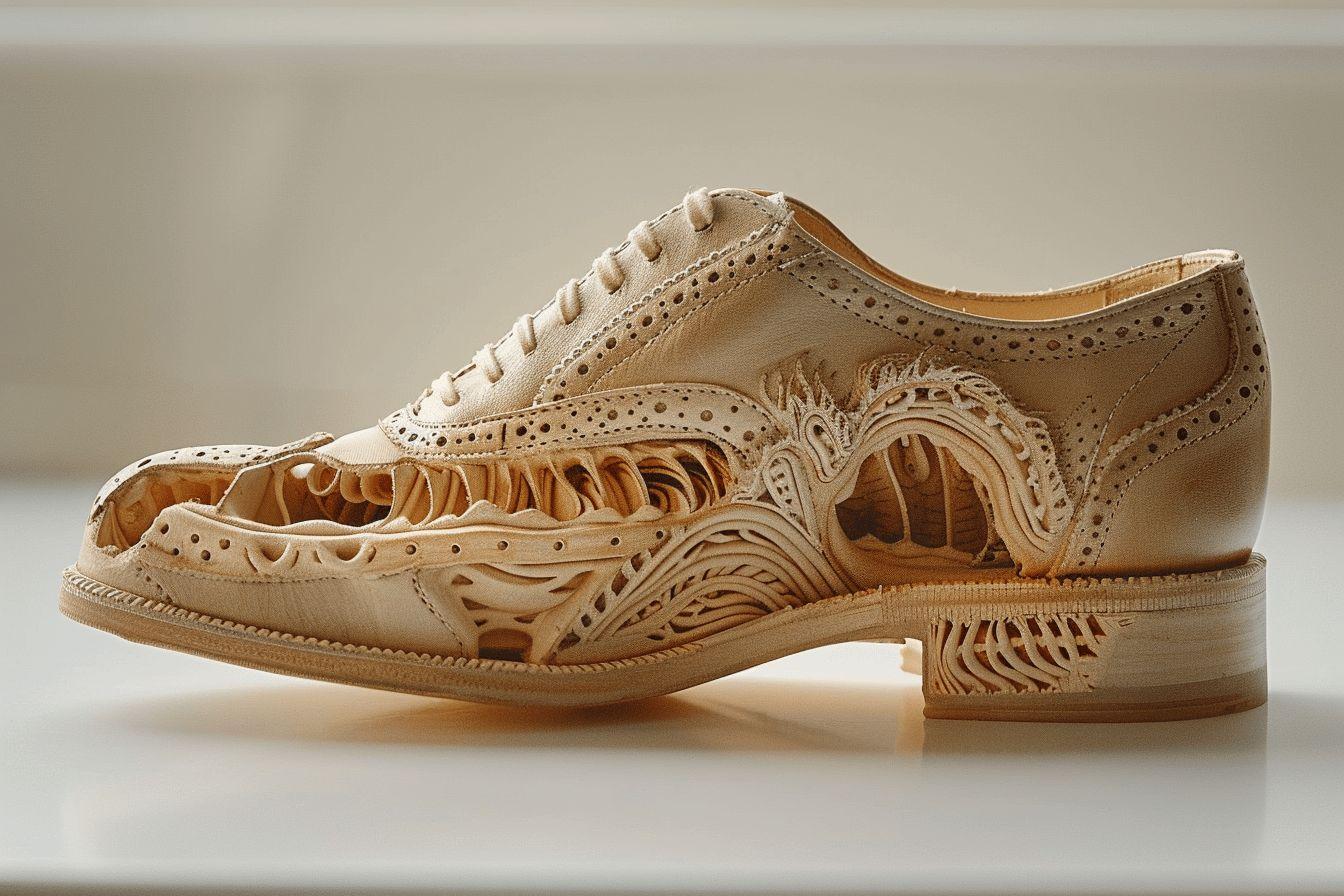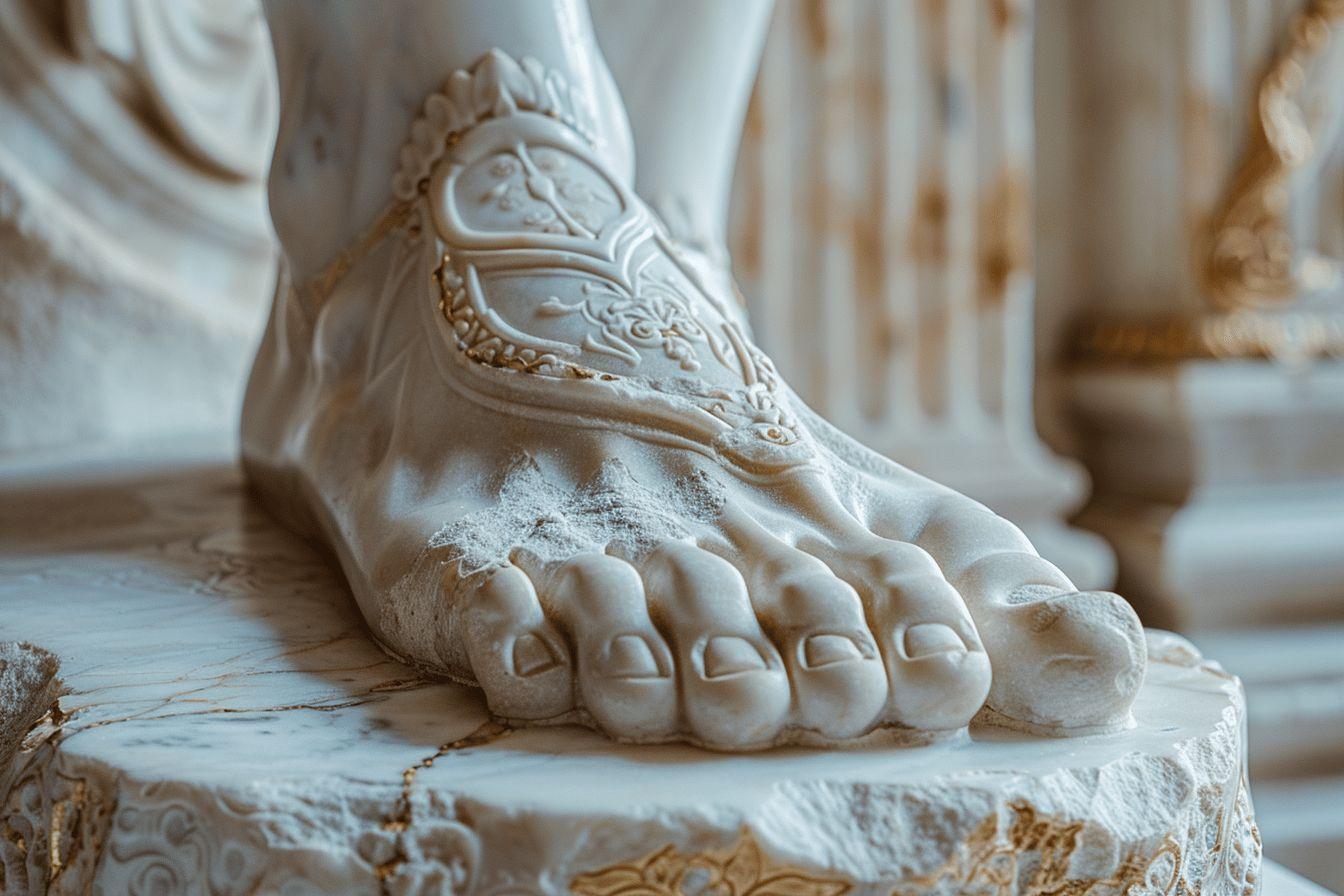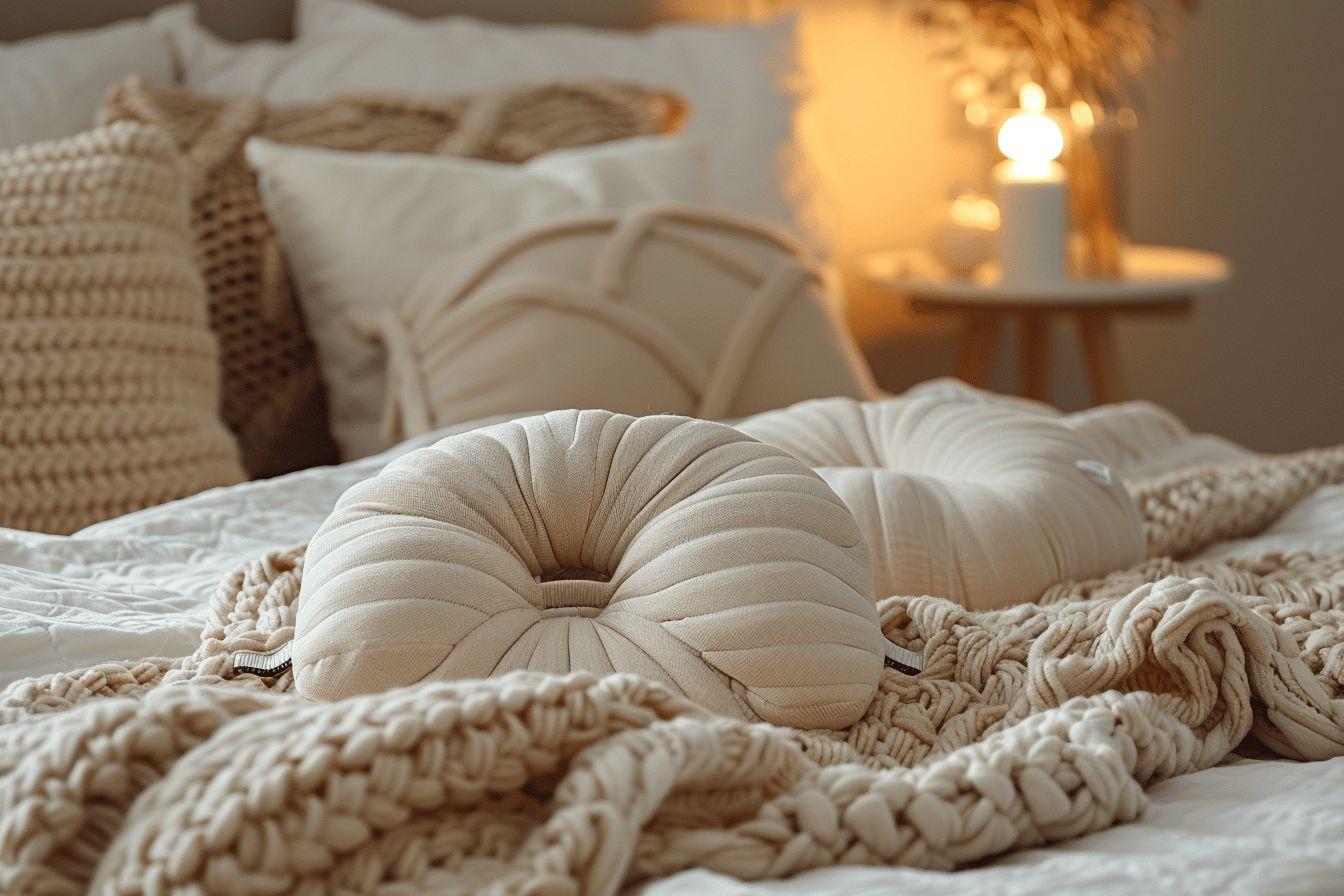Summary
The anatomy of modern footwear combines essential components that enhance comfort, support, and performance for optimal foot health.
- Upper structure includes the vamp, toe box, quarter sections, and heel counter, working together to create a balanced environment for foot function.
- The midsole layer provides crucial cushioning with materials like EVA, PU, and proprietary foams that absorb impact forces.
- An outsole's material and tread pattern determine traction and durability, while heel-to-toe drop affects gait mechanics.
- Hidden elements such as lasts, internal reinforcements, and advanced orthotic insoles significantly influence fit and performance.
Understanding the complex structure of modern footwear helps both consumers and professionals make better choices. From casual sneakers to formal dress shoes, each component serves a specific purpose in providing comfort, protection, and style. This comprehensive guide explores every critical element of shoe anatomy and construction, offering insights into why each part matters for optimal foot health and performance.
Essential parts of shoe upper anatomy
The upper portion constitutes everything above the sole, forming the most visible part of any shoe. Modern shoe uppers combine aesthetic appeal with functional support, using various materials depending on the shoe's intended purpose.
The vamp covers the forefoot and toe areas, determining much of a shoe's character and comfort. In athletic footwear, vamps often feature mesh for breathability, while formal shoes may incorporate premium leather for durability and sophistication. Adjacent to the vamp, the toe box creates space for your toes to rest naturally. An improperly sized toe box can contribute to various foot issues, including plantar fasciitis and related conditions that require specialized treatment.
The quarter sections wrap around the sides and back of the foot, meeting the vamp at the front. These panels provide structural integrity and often feature reinforcement in athletic shoes for lateral stability. The heel counter, a semi-rigid cup at the rear, stabilizes the heel during movement, preventing excessive pronation or supination that could lead to biomechanical issues.
Other key upper components include:
- Tongue: Protects the instep from lace pressure
- Collar: Padded edge around ankle opening for comfort
- Eyestay: Reinforced section holding eyelets for laces
- Lining: Interior material touching the foot
- Overlay: Additional material layers for support or decoration
Premium footwear often features thoughtfully designed upper components that work together to create a balanced environment for healthy foot function. Quality materials in these areas directly impact comfort, particularly for individuals with foot conditions that require special consideration.

Crucial midsole components for comfort and support
Positioned between the outsole and insole, the midsole provides cushioning and shock absorption. This critical layer determines much of a shoe's comfort, responsiveness, and energy return during movement. Modern midsole technology has revolutionized footwear performance across various categories.
The primary function of the midsole is absorbing impact forces that would otherwise travel directly to your joints. For individuals recovering from foot conditions, proper midsole support can be crucial. Many who experience plantar fasciitis recovery progress find that appropriate midsole cushioning significantly reduces heel pain and accelerates healing.
The most common midsole materials include:
| Material | Properties | Best Used For |
|---|---|---|
| EVA (Ethylene Vinyl Acetate) | Lightweight, flexible, cushioned | Running, walking, daily wear |
| PU (Polyurethane) | Durable, supportive, heavier | Work boots, supportive shoes |
| TPU (Thermoplastic Polyurethane) | Resilient, temperature stable | Performance athletic shoes |
| Proprietary foams (React, Boost, etc.) | Enhanced energy return, lightweight | Premium running and athletic shoes |
Many therapeutic shoes feature dual-density midsole construction, with firmer material on the medial side to control excessive pronation. For severe cases requiring nighttime treatment, specialized devices like night splints for plantar fasciitis complement daytime footwear to provide continuous therapeutic benefits.
The arch support built into the midsole plays a vital role in distributing pressure evenly across the foot. While visible design elements often drive purchase decisions, the hidden midsole technology frequently determines whether a shoe truly serves your biomechanical needs.
Outsole design and its impact on function
As the bottom-most layer making direct contact with the ground, the outsole influences traction, durability, and overall performance. Different outsole patterns serve specific purposes based on intended use cases and environments. Materials and tread patterns vary dramatically between hiking boots, running shoes, and formal footwear.
The most common outsole materials include:
- Carbon rubber - Maximum durability for high-wear areas
- Blown rubber - Lighter weight with increased cushioning
- Leather - Traditional choice for dress shoes
- TPU (Thermoplastic urethane) - Lightweight with good flexibility
- Vibram and other specialized compounds - Premium grip for technical applications
Tread patterns reveal much about a shoe's intended purpose. Deep, multidirectional lugs provide off-road traction, while smoother surfaces with strategic flex grooves optimize road running performance. Herringbone patterns balance grip and smooth transitions for court sports, while formal shoes feature minimal patterns focused on basic slip resistance.
The heel-to-toe drop—the height difference between the heel and forefoot portions of the outsole—significantly impacts gait mechanics and pressure distribution. Traditional shoes feature drops of 10-12mm, while minimalist designs may reduce this to zero, dramatically changing how force travels through the foot and leg.
Hidden elements that affect fit and performance
Beyond visible components, several hidden elements dramatically influence how shoes function on your feet. The last—a foot-shaped form around which shoes are built—determines the fundamental fit characteristics. Straight, semi-curved, and curved lasts accommodate different foot shapes and gait patterns.
Internal reinforcements like toe puffs and heel counters provide structure while remaining mostly invisible. These elements prevent collapse in high-stress areas, extending shoe life while maintaining proper foot positioning. Quality footwear includes these components even when not immediately apparent to consumers.
Insoles or footbeds create the immediate surface contacting your foot. While factory insoles often provide basic cushioning, advanced orthotic or custom insoles can transform how shoes function for specific foot types or conditions. Replacing generic insoles with personalized options improves alignment and pressure distribution for many wearers.
Shank components—rigid structures between the outsole and midsole—provide torsional stability and support the foot's arch. These elements range from traditional steel to lightweight composite materials in modern shoes, each offering different flexibility characteristics and weight properties.
Understanding these often-overlooked components helps informed consumers select footwear that truly meets their anatomical and biomechanical needs rather than making decisions based solely on aesthetic considerations.




Leave a comment
This site is protected by hCaptcha and the hCaptcha Privacy Policy and Terms of Service apply.